This article originally appeared in Education Week on January 25, 1984.
By Charles Euchner
A young graduate of the public-school system here, now a sophomore at the City College of San Francisco, has few memories of his first years of formal education. About all the student, who immigrated to this city from Hong Kong, recalls is that he felt isolated from other students because he could not speak English.
As the years passed, the student gradually learned English. He took Chinese lessons after school for several years, but quit in order to make his English classes a top priority. When he was not in school trying to understand what his English-speaking peers were saying, he watched television for hours on end, imitating the speech of the actors to eliminate his Chinese accent. “The shows on TV are more or less how the society speaks,” he now says.
School officials offered to enroll him in classes for non-English-speaking students, the student recalls, but he told his mother that he would rather learn English without any bilingual instruction. “I said no, because [classmates] said, ‘You’re an ESL [student]’ and laughed at you.”
The student, who plans to major in computer electronics at City College, now speaks in a clear voice with hardly a trace of an accent. His name is Kinney Kinmon Lau. He was the plaintiff named in Lau v. Nichols, the case decided by the U.S. Supreme Court 10 years ago this month that led to an explosive growth in bilingual-education programs here and across the country.
The class action against the San Francisco Unified School District originated in the U.S. District Court here in 1970. The suit charged that the district was denying non-English-speaking pupils their civil rights as Americans because it did not offer them a program for learning English.
Chinese and Hispanic community groups had unsucessfully pressed the district for years to develop a comprehensive bilingual-education program when in 1970 a public-interest lawyer recruited some non-English-speaking families to challenge the district. The first of 13 plaintiffs listed in the suit was Kinney Lau.
The district court ruled in 1971 against the Laus, stating that the city must provide students with equal access to educational programs but not the opportunity to derive equal benefits from the programs. The U.S. Court of Appeals for the Ninth Circuit upheld the decision in 1973.
The Supreme Court in January 1974 unanimously reversed the rulings of the lower courts, holding that the district violated the Civil Rights Act of 1964 by not offering the students any special programs to overcome their academic handicaps. It rejected the students’ constitutional claim that they were denied their 14th Amendment rights to equal protection under the law, however. The Court ordered the district to develop a program to address the problems of the 1,800 Chinese-speaking students represented in the suit.
Those who spent years lobbying for bilingual education both before and after the decision say the programs the city developed are often inadequate and even narrow-minded. But they also say the Court’s decision has done more to change the district than any other development in recent years.
The school that Kinney Lau attended at the time of the Supreme Court decision, Jean Parker Elementary School, has undergone demographic and program changes that officials say is fairly typical of the district’s experience with special-language initiatives.
The demographic makeup of the school, which sits a block from Chinatown’s business district, has changed dramatically. As much as 98 percent of the school’s students at the time of the suit were of Chinese descent. The school is now about 45 percent Chinese and 15 percent Hispanic; the rest of the students are white, black, Filipino, Cambodian, Indian, Burmese, and Arabic.
The school now offers a variety of language programs that officials say mirror the district’s mix of bilingual-bicultural and “English-as-a-second-language” programs. The programs involve six or seven times as many pupils as they did at the time of the decision.
Students in the bilingual classes learn demanding subjects such as mathematics and social studies in their native language while also attending English classes. ESL students receive instruction in English and are pulled out of the classroom for separate English instruction. School officials stress that there is a considerable mix of bilingual and esl approaches in all classes.
In addition to those two basic approaches, the school also teaches Chinese and Spanish to students whose first language is English, and writing to students who can speak but not write their native languages. All students in the language programs learn about the countries associated with the foreign languages, teachers say.
Virginia Wales, the principal of the school, says she favors giving all students access to bilingual programs. But ESL predominates, she says, because the district has had problems finding and paying qualified bilingual teachers. Right now, the school has 21 special language teachers and aides for the school’s approximately 300 “other-language” students.
In the district of 62,000 students, about 550 teachers offer special language instruction to some 17,000 non- or limited-English-speaking students, officials say. The students are divided into two roughly equal groups–those in bilingual programs and those in “personalized” programs. About 600 students choose not to take part in any special program.
District officials say they have no cost figures for the program because it has been incorporated into the regular school budget. But the cost for bilingual teacher salaries is about $15 million annually, and the district spends another $1 million for special programs, the officials estimated.
The approaches that schools use in bilingual programs vary, the officials say; some resemble ESL programs in many ways and others offer students instruction in two languages throughout. The individual programs are tailor-made for each student, with almost all resembling ESL.
“All bilingual programs contain an ESL component, so it’s not an either-or kind of thing,” said Roger Tom, the program manager for bilingual education in the district. “What’s in the programs–bilingual or ESL–is a matter of degree.”
Edward H. Steinman was working in the Chinatown office of the San Francisco Neighborhood Legal Assistance Foundation in the late 1960’s when he started to investigate the problems of limited- and non-English-speaking students in the area.
Now a professor of law at the University of Santa Clara, Mr. Steinman says he needed an interpreter to understand most of his Chinese clients. He started to attend meetings of community groups, where he said he learned about the problems of Chinese-speaking students in English-language classes.
After formally asking the board of education to develop a bilingual program–“their response was, yes, there’s a problem but there’s not anything we can do about it,” he said–Mr. Steinman started to look for people willing to get involved in a court battle.
“President Reagan’s right when he says that [public-interest lawyers] manufacture cases,” Mr. Steinman said. “But they don’t manufacture problems. Something needed to be done.”
Mr. Steinman was representing Kam Wai Lau in a landlord-tenant dispute when he asked her to get involved with her son in the class-action suit. Ms. Lau agreed, she said recently with her son acting as interpreter, because teachers at the school “told her she had to do something for herself” when she complained that she “saw other children crying and unhappy.”
Because Ms. Lau and her son spoke no English and had access to no special-language programs, Mr. Steinman decided to place Kinney Lau’s name first in a list of 13 plaintiffs involved in the suit.
The Laus and the other Chinese families sued the San Francisco Unified School District in 1970, charging that the district’s language policy violated both the students’ constitutional rights to equal protection and the Civil Rights Act of 1964.
Under growing pressure from Chinese and Hispanic groups in the late 1960’s–a time of youth-gang warfare in Chinatown and unrest in the city’s other minority neighborhoods–the system started to develop special language programs.
By the time the Court handed down its unanimous decision in 1974, the $1.5-million program involved less than half of the 10,000 “other language” students in the district. Most of the students were enrolled in ESL classes, which generally provided students less than one hour of instruction daily. Many educators criticized ESL for ignoring the students’ need to advance in all subjects while learning English. Most of the programs were experimental projects started with federal money under the 1967 Bilingual Education Act aimed at disadvantaged children.
Even district officials said the city’s bilingual program was inadequate, the courses were poorly designed, the teachers were not well trained and had few classroom resources, and the screening and evaluation of students was poor.
“We were doing some things, but there were a lot of things that just weren’t in place,” said Raymond del Portillo, then the director of bilingual education. “There was a great lack of teachers that were bilingual and biliterate. They’d say, ‘Hey, del Portillo, don’t you speak Spanish?’ And then I was a bilingual educator.”
Despite the claims of Thomas O’Connor, the district’s lawyer, that San Francisco “pioneered bilingual instruction” before Lau, the critics said the district’s program was purely political. Mr. Steinman said the district tried to “moot the case” by starting new programs for Kinney Lau and other people named in the case.
The controversy over how to deal with non- and limited-English-speaking pupils was just one of many problems facing the district in the late 1960’s and early 1970’s.
In early 1975, when a task force created to develop a bilingual-education program was preparing its final report, the district had seen three superintendents quit in six years. Enrollment was declining in the city, which was already noted for its low proportion of students to overall population. The district’s budget was out of balance by 10 percent. The district consistently had some of the lowest achievement-test scores in the state despite showing the highest per-pupil expenditures of any large city. Officials faced an unprecedented array of lawsuits from disaffected parents, students, teachers, and administrators.
On top of all these problems was desegregation. The federal district court in July 1971 ruled in Johnson v. San Francisco Unified School District that the district must develop a comprehensive desegregation plan–the first such court order in a northern city. The order followed more 10 years of political controversy that bitterly divided the city’s whites, blacks, Chinese, and Hispanics.
Wilson Riles, then state superintendent of public instruction, told a Congressional committee investigating the impact of Lau that San Francisco was an “embarassment” to the state.
The debate over how the district should comply with the Court’s decision started the day the decision was handed down.
Wellington Clew, the superintendent of the city’s bilingual program, said the district should offer a variety of programs rather than endorsing one approach. “We should provide an option for the parents and children,” he said. “Some prefer ESL only, and others think bilingual is the [correct] program.”
Victor Low, the director of a pilot project in Chinese bilingual education at Commodore Stockton Elementary School, endorsed the bilingual approach as a way of allowing students to maintain cultural pride while learning English. He suggested that tensions in Chinatown were caused by the emergence of two major groups–the ABC’s, or American-born Chinese, and the FOB’s, or those who were “fresh off the boat”–half of whom spoke Chinese and half of whom spoke English.
Mr. Low and others also said the student with “other-language” students could be psychologically damaged without attention to their culture, and that use of their native language would be a valuable tool for learning English.
Some of the people most involved with the suit favored a “maintenance” program, in which students would receive instruction in their native language and English throughout their public education–regardless of how quickly they learned English.
L. Ling-Chi Wang, a leading community organizer, and Mr. Steinman argued that programs to teach children English should be taught alongside programs to teach children their native languages and the histories of their native countries.
“This country does not know any other languages and cultures. It was unprepared to establish relations with China,” said Mr. Wang, who attended a recent dinner here for China’s Prime Minister Zhao Ziyang. “Each year, we spend millions of dollars to teach foreign languages to diplomats, and then we spend so much of our time trying to wipe out other languages.”
Ligaya Avenida, the district’s current bilingual coordinator, added: “Our district should capitalize on the multiplicity … of ethnic groups. The delivery of subject areas can be done in a second language. We have to expand our concept of bilingual education into second languages. English will always be there–it’s the status language of this country.”
The Supreme Court remanded the case to the federal court in which it was originally filed. Mr. Steinman said he and other bilingual advocates were determined to limit the role of U.S. District Judge Lloyd Burke in developing a remedy. “He was anti-bilingual,” said Mr. Steinman. “He said the Supreme Court was wrong and bilingual education is a sham–a year after the Supreme Court acted.”
The leaders of the bilingual movement lobbied the board of education to create an independent committee to devise the plan. When the board created the Citizens’ Bilingual Task Force, those leaders lobbied the board to appoint members who were committed to devising a comprehensive bilingual plan. And when the task force completed a comprehensive report, the leaders lobbied the board to approve the plan.
Mr. Wang, now chairman of the department of ethnic studies at the University of California at Berkeley, said bilingual proponents originally had only one ally on the seven-member board. Mr. Wang said he helped neighborhoods organize to press the board for a comprehensive bilingual effort.
“The task force took one year to form,” said Mr. Wang. “The district wanted to do it on their own, but we used to have 600 or 700 or 800 people [at meetings] demanding to create the task force. The board finally realized that it had to create the task force. We in fact took away the formulation of the plan from the school district.”
To increase the credibility of the task force–which needed interpreters to function–its members also persuaded the board to hire a private consulting firm. The task force and the Center for Applied Linguistics, a Washington-based firm, worked on the plan for nine months before submitting it to the board in February 1975. The board approved the plan on March 25, 1975.
The task force’s “master plan” was more than 600 pages long. The four-volume study included 124 specific proposals that, if enacted, would have reshaped the district’s approach to teaching almost all subjects. The district signed the Lau consent decree, a plan based on the report, in October 1976.
The master plan includes specific provisions for improving the early evaluation and placement of students, a counseling program, the training of teachers and other staff members, the development of curriculum and class materials, student evaluation, and community participation.
Officials say the district’s greatest innovations are “intake” centers, which were started in 1972. Children of all major language backgrounds are evaluated at the centers, and some 600 students spend a full year in intensive English instruction. Elementary-school children with no English background attend Chinese, Spanish, and Filipino centers.
Almost all high-school students with no English background attend the Newcomer High School, started in 1981. The school’s 500 students are given instruction in their own language in mathematics and social studies and three intensive English classes.
According to A. Richard Cerbatos, the chairman of the task force and now a member of the board of education, the master plan’s ultimate goal was a comprehensive language-maintenance program, in which all students would be taught subjects in two languages throughout their elementary- and secondary-school education.
That vision has not yet materialized. According to Ms. Avenida of the district, Clarendon Elementary School’s Japanese program involving 150 students is the only maintenance program in the city.
The frustrations that such bilingual advocates express is matched by the frustration of people who say students are kept in bilingual programs too long. According to Beatrice Cardenas-Duncan, the bilingual-education expert for the city’s Human Rights Commission, and Mr. del Portillo, anecdotal evidence suggests that school administrators and teachers keep pupils in special-language programs long after they have mastered English.
Ms. Avenida says students stay in bilingual programs for an average of about five years, and that 200 students are “reclassified” as English speakers annually. Students are reclassified on the basis of their grades, teacher recommendations, oral-proficiency tests, and the California Test of Basic Skills. A student’s scores on the latter test must rank in the 36th percentile of all students statewide.
“Sometimes [school officials] perpetuate the idea that certain students cannot move on in order to get more funding,” said Ms. Cardenas-Duncan. “This is information we get from parents.”
Ms. Cardenas-Duncan called for an independent commission to study the effectiveness of the city’s bilingual program “so that when issues like Proposition O come up we will have documentation.” She was referring to the nonbinding citizens’ referendum that discourages multilingual ballots, which passed overwhelmingly last fall.
At about the same time that Mr. Wang and his allies convinced the citizens’ task force and then the board of education to embrace bilingual education, Mr. Wang served on the groups advising the state and federal government about the impact of Lau.
Mr. Wang was a member of a task force created to help the Office for Civil Rights of the former Department of Health, Education and Welfare devise guidelines for enforcing the Supreme Court’s decison. The resulting guidelines–the so-called “Lau remedies”–have been a central part of the planning of districts across the U.S.
Mr. Wang and his allies also lobbied state legislators, and, partly as a result, they say, the state bilingual laws are similar to those of the district. Under state laws passed in 1976 and 1980, all students who are in a grade with 10 or more children who speak the same foreign language must be enrolled in a bilingual program. The school must develop “individualized learning plans” for the other pupils who require bilingual instruction.
“The master plan became viable with the state laws,” said Mr. del Portillo, the district’s former bilingual coordinator. “Through a process of osmosis, the district’s plan became the state law, also.”
Bilingual advocates in San Francisco say the city’s language program does not meet all of the task force’s ambitious goals, but they say the program has become institutionalized and will be able to survive political threats.
Some expressed concern about the overwhelming success last fall of Proposition O. “We can’t just sit back,” said Ms. Cardenas-Duncan. “Bilingual education and bilingual ballots are related.”
But most bilingual advocates say that and other developments–such as the Reagan Administration’s funding cuts and withdrawal of regulations mandating bilingual education–have not significantly affected the city’s program. The district’s growing minority population is likely to give bilingualism a broader base, they add.
“We haven’t been at all affected by what has happened in Washington, D.C. The city is almost immune to what happens there,” said Mr. Steinman. “San Francisco has gone beyond the stage where they’d go back. The number of Lau children has been growing–it’s almost tripled. Institutionally, it’s always going to be there.”
Adds Mr. Cerbatos: “As more and more people in this community experience the program–and the district is 83 percent minority–they’re going to think more and more in terms of what’s good for the minorities, including bilingual and bicultural programs.”
One person who says he is uneasy about “maintenance” bilingual-education and bicultural policies is Kinney Lau. “If they teach you [basic subjects] in Chinese, you’ll never learn any English,” he says. “You can’t have a [native language-speaking] teacher all the way.”
“If there’s enough money to supply the schools, I guess it can be good. If the teacher would teach the class in English and be able to answer questions in [students’ native languages], I would say that’s good.”



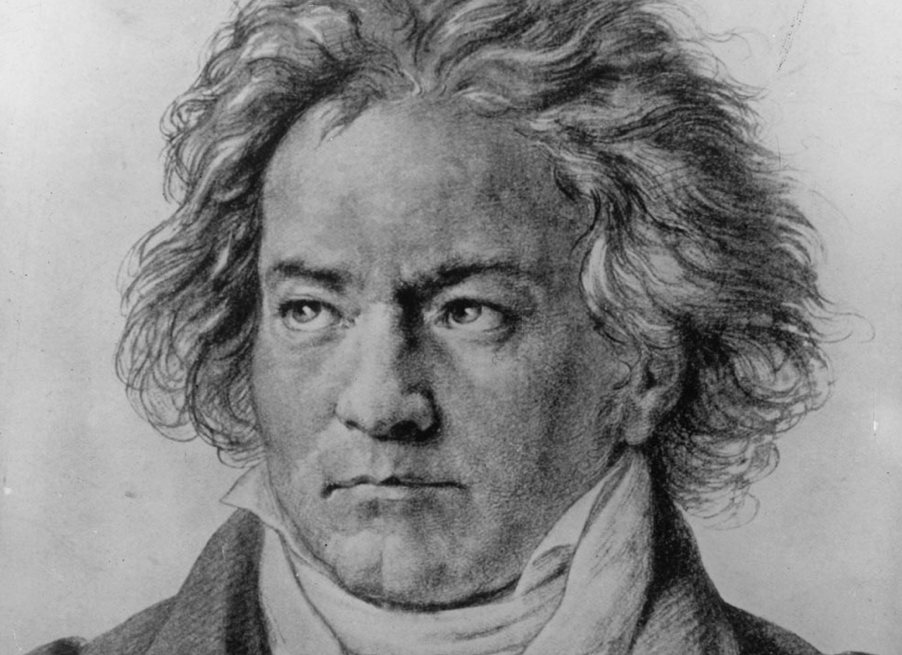

 We could also look at Beethoven’s Fifth as a simple march of notes and themes, one leading to the next. This march of notes could look like a straight chronology—a long line of experiences, with clear movement and direction, going in one direction. Again, a complete experience with closure.
We could also look at Beethoven’s Fifth as a simple march of notes and themes, one leading to the next. This march of notes could look like a straight chronology—a long line of experiences, with clear movement and direction, going in one direction. Again, a complete experience with closure.
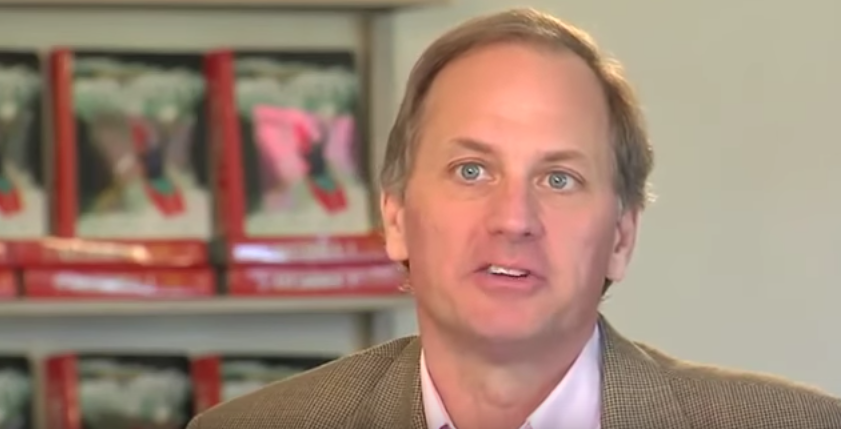
 We humans alone tell stories. And we do it our whole lives. But formal educational processes don’t take advantage of this. Kids’ activities in school revolve around storytelling in the early grades. But by middle school, teachers adopt a more “serious” attitude. They demand more abstract thinking, with categories and evidence and five-paragraph essays. Even our social studies books lose sight of the basic fact that history is a series of engagements of people, with all the action and mystery of a great detective novel.
We humans alone tell stories. And we do it our whole lives. But formal educational processes don’t take advantage of this. Kids’ activities in school revolve around storytelling in the early grades. But by middle school, teachers adopt a more “serious” attitude. They demand more abstract thinking, with categories and evidence and five-paragraph essays. Even our social studies books lose sight of the basic fact that history is a series of engagements of people, with all the action and mystery of a great detective novel.
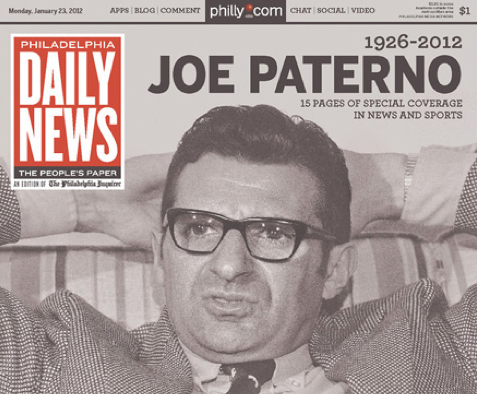

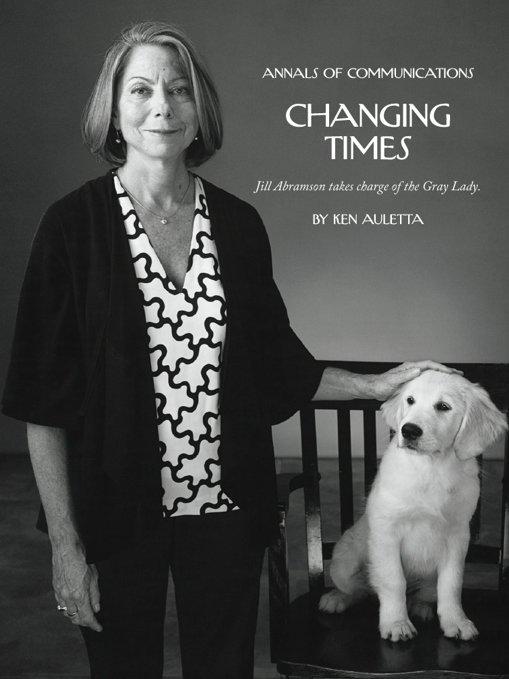

 Don’t just discover the surface facts of your characters’ lives. Find the backstories. Don’t just get your characters’ names. Find out how they got their names and what they mean. Don’t just talk about their jobs. Find out what it means to them emotionally.
Don’t just discover the surface facts of your characters’ lives. Find the backstories. Don’t just get your characters’ names. Find out how they got their names and what they mean. Don’t just talk about their jobs. Find out what it means to them emotionally.
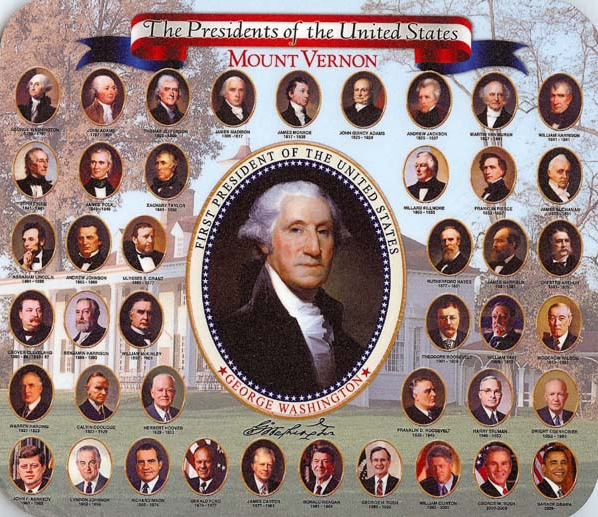

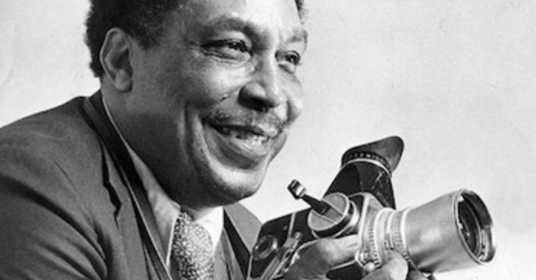
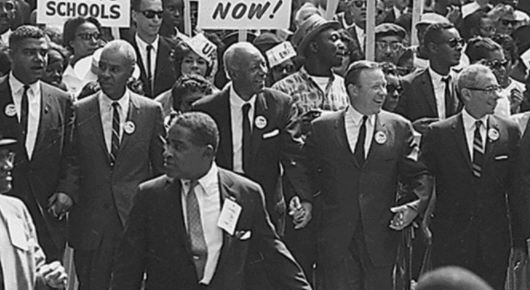
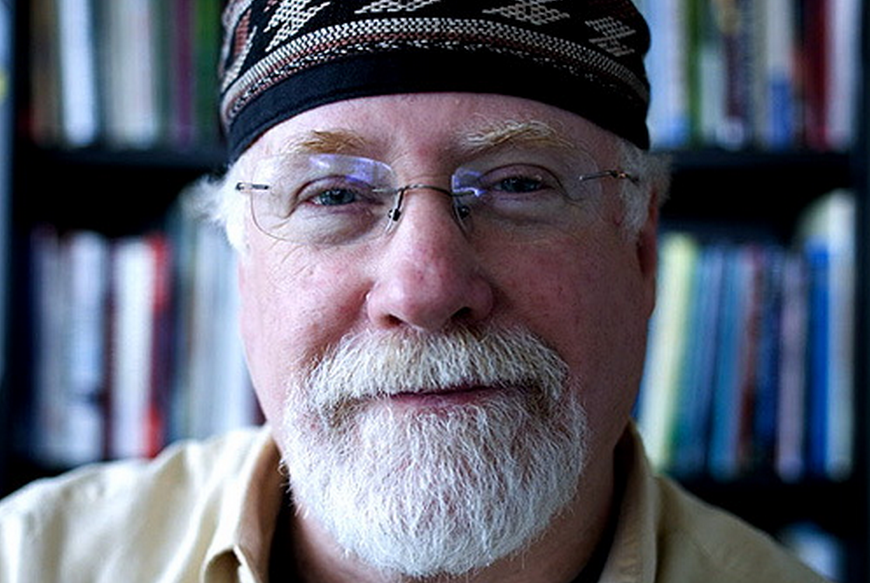


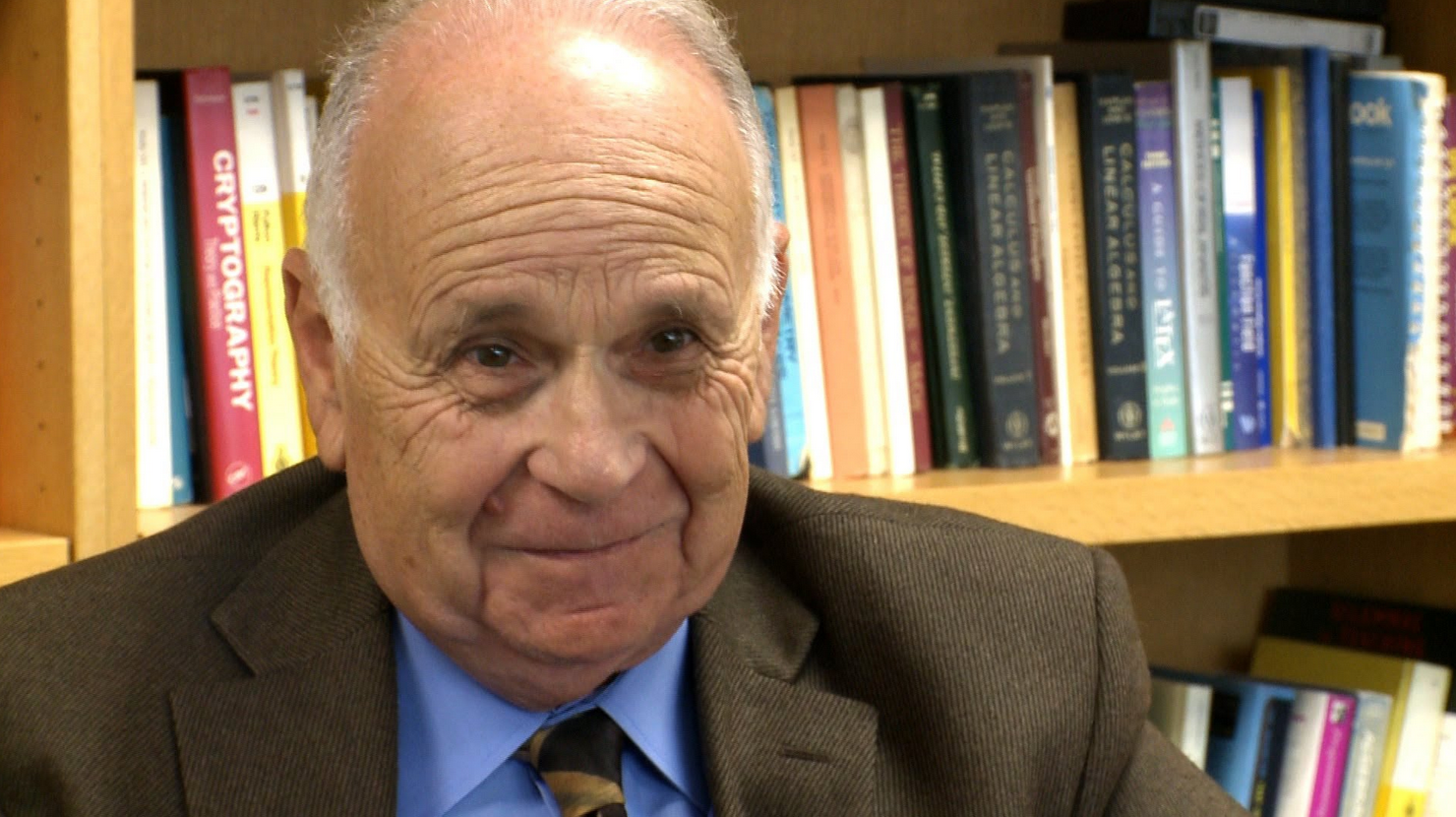

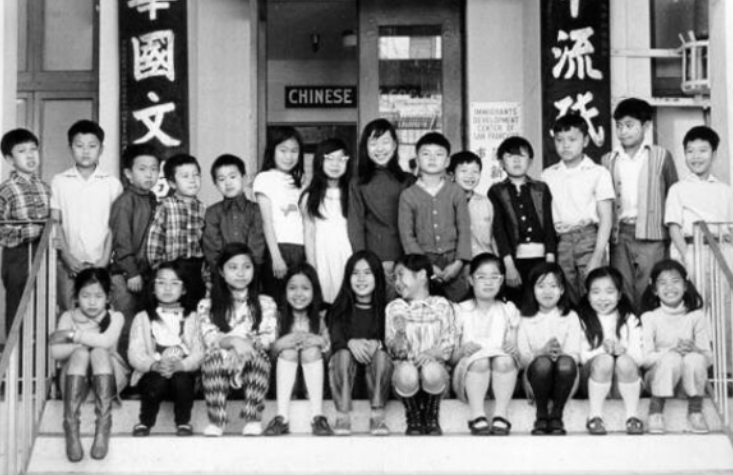
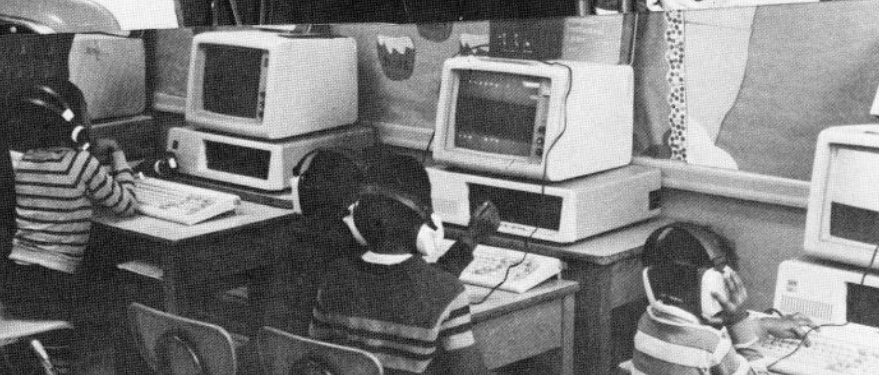

Which led me to wonder: Are we leaving anyone out?